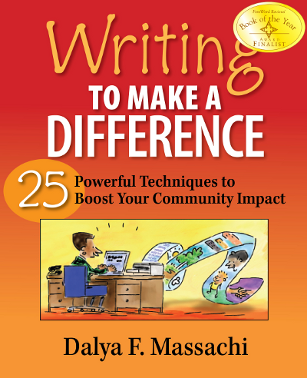I recently returned from speaking at the Fair Trade Federation‘s national conference in Bellevue, WA. As I write this, I am enjoying a cup of fair trade tea from Equal Exchange, one of the several dozen organizations represented at the conference.
Crafts, coffee, clothing, accessories, food, and many other items are all part of this growing movement. The idea is to use grassroots international trade to economically empower the producers of these handcrafted (and often beautiful) goods from the Global South. You may think fair trade is only a tiny fraction of U.S. trade, and it is. But it’s rapidly spreading and it’s big business in Europe and other places. If the Fair Trade Federation has anything to say about it, we’ll be seeing a lot more in the coming years!
I spoke at the conference about using storytelling for marketing success. What kind of stories? I’m talking about slice-of-life word snapshots that can crystallize messages for your readers (often called “case studies” or “before-and-after stories”). These are stories that come from your clients/customers, from your producers, from within your organization, and even about the very products and services you offer.
Stories form bonds from one person to the next. Without a mutual sense of story, we can’t really understand each other. Stories ensure that you are making a human connection with your reader.
The idea is to illustrate your context and community needs and show how real people benefit from working with your organization and why that’s important to them.
I recommend building a stockpile of these little gems. At the conference, I handed out what I call a “Storybank Record.” It’s a simple Excel sheet that helps you keep track of your stories, where they came from, and what they are about. It’s something to keep for ongoing reference and revision.
It has columns for:
DATE, PROGRAM NAME, THEME/STORYLINE, CHARACTERS, SOURCE, and ANY PERMISSION NEEDED.
Where do you dig up these stories? Thee live all around you! Check:
- Written/spoken client evaluations and reports
- Focus groups or conversations at public events
- Any letters or emails your organization has received
- Water cooler conversations at your office
You may even want to regularly secure a brief spot on your staff meeting agenda. Ask about any recent interactions folks have had that illustrate the impact of your work. Then follow up with individual interviews, and don’t be afraid to ask if you can quote people.
While my presentation was focused on using stories in marketing materials, you can also use them in grant proposals, funder reports, webpages, and a slew of other documents you write.

